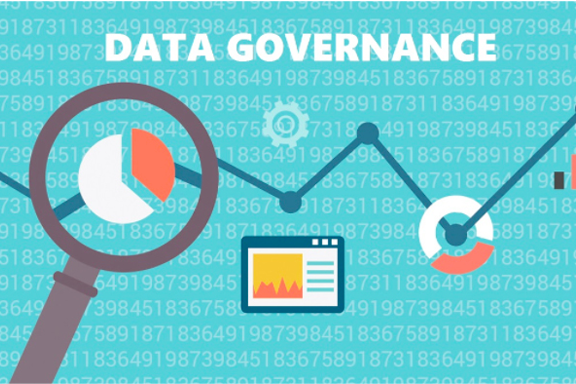As more and more associations invest in data analytics, it’s important to develop some policies that govern the use of data analytics. It might seem inconsequential, but an established governance policy for data analytics can bring order to your analytics efforts and help maximize your investment.
Signs that You Need Data Analytics Governance
It’s easier than ever to use data analytics. Many programs now come with some sort of analytics capabilities and business tools, like Tableau and Power BI, make it simple to visualize data. Data analytics democratizes data, but that democratization can cause problems when there is not agreement on what data to use and how to use it.
Here are some signs that you may need data analytics governance:
- Staff is using different, conflicting data to create visualizations
- Staff is unsure which report, dashboard, or visualization to use to make decisions
- Old dashboards that use out-dated data or key performance indicators are still in use
If any of those symptoms sound familiar, don’t be alarmed. This sort of confusion is common when you are dealing with a new technology and data analytics is still relatively new. The key is to start thinking about how you can improve communication and management of data analytics through better governance.
Developing a Data Analytics Governance Policy
Here are some steps to help you develop a data analytics governance policy.
- Form a Cross-Departmental Team – People are more likely to support that which they helped create. Form a cross-departmental team to help develop the policy and monitor governance going forward.
- Define Responsibilities – Consider developing a RACI matrix to help identify responsibility for creating, editing, and deleting visualizations and dashboards.
- Identify Data Sources – Your data governance policy should have a complete data inventory, but it’s also important to document which data sources feed each dashboard or visualization. This provides context for the visualization, but also helps staff find data sources to correct data quality issues when they arise.
- Determine Visualization Tools – There are a number of visualization tools available, but too many tools can cause confusion and slow adoption. Minimize the number of tools you use and carefully assess the value of visualization tools before introducing them.
- Document and Track Analytics Projects – For new analytics projects, document the intended purpose, timeline, and measures for success. Make sure staff knows about past, current, and pending projects to avoid duplicate work and to increase usage.
- Validate – Ask staff members to validate and test new dashboards and visualizations for accuracy and clarity.
- Review – Regularly assess dashboards and visualizations for accuracy and relevancy. It’s important to check to make sure data visualizations are still accurate. Cross-check data against the data source to check for quality. When considering relevancy, think about the impact of the visualization. Has it added value to decision-making processes? Is it being used? Is it answering current business questions? If not, then you may need to retire the visualization.
Finally, make sure your data analytics policy is part of your larger data governance policy. And keep it simple! This depends on your staff, but most people have trouble remembering a lengthy set of rules. Consider developing a short, memorable, and meaningful list of policies.
Governance can be a little dry, but it’s key to maintaining a shared understanding of data and ensuring the ROI of your dashboards and visualizations.



